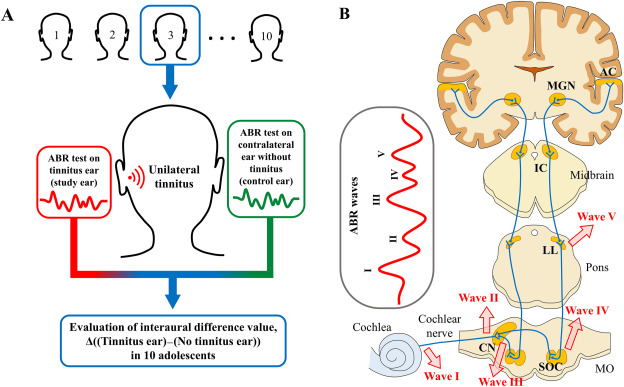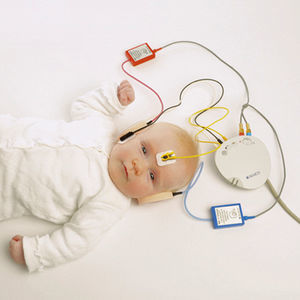Brainstem Evoked Response Audiometry
Introduction
Understanding Brainstem Evoked Response Audiometry
If you’ve been experiencing hearing loss or other hearing-related issues, your doctor may recommend that you undergo Brainstem Evoked Response Audiometry (BERA) testing. BERA is a non-invasive hearing test that measures how well your brainstem responds to sound. In this article, we’ll take a closer look at what BERA is, how it works, and what you can expect during the testing process.

What is Brainstem Evoked Response Audiometry (BERA)?

BERA is a type of hearing test that measures the electrical activity in your brainstem in response to sound. The test is often used to diagnose hearing loss or other hearing-related conditions in infants, young children, and adults who may have difficulty with traditional hearing tests.
During a BERA test, small electrodes are placed on your scalp and earlobes. These electrodes detect the electrical activity in your brainstem as sounds
are played through earphones. The test measures how long it takes for the sound to travel through your ear and into your brainstem, and how strong the electrical response is.
How Does BERA Work?
BERA works by measuring the electrical activity in your brainstem in response to sound. When sound enters your ear, it travels through your ear canal and vibrates your eardrum. These vibrations are then transmitted to the cochlea, which is a small, spiral-shaped organ in your inner ear that is responsible for converting sound waves into electrical signals that can be processed by your brain. The electrical signals from the cochlea are then

transmitted to the brainstem, which is the part of the brain that connects the brain to the spinal cord. The brainstem processes these signals and sends them to the auditory cortex, which is the part of the brain that is responsible for processing sound.
During a BERA test, sounds of varying frequencies and intensities are played through earphones. The electrodes on your scalp and earlobes detect the electrical activity in your brainstem in response to these sounds. This information is then used to create a graph, called an audiogram, which shows how well your brainstem is responding to sound.
What Can BERA Diagnose?

BERA can be used to diagnose a variety of hearing-related conditions, including:
> Sensorineural hearing loss: This is a type of hearing loss that occurs when there is damage to the cochlea or the nerve pathways that transmit sound from the cochlea to the brain.
> Auditory neuropathy spectrum disorder: This is a condition that affects
the transmission of sound from the cochlea to the brainstem.
> Brainstem lesions or tumors: These can interfere with the transmission of sound from the cochlea to the brainstem.
> Other neurological disorders that affect hearing: These may include multiple sclerosis, Parkinson’s disease, or Alzheimer’s disease.
